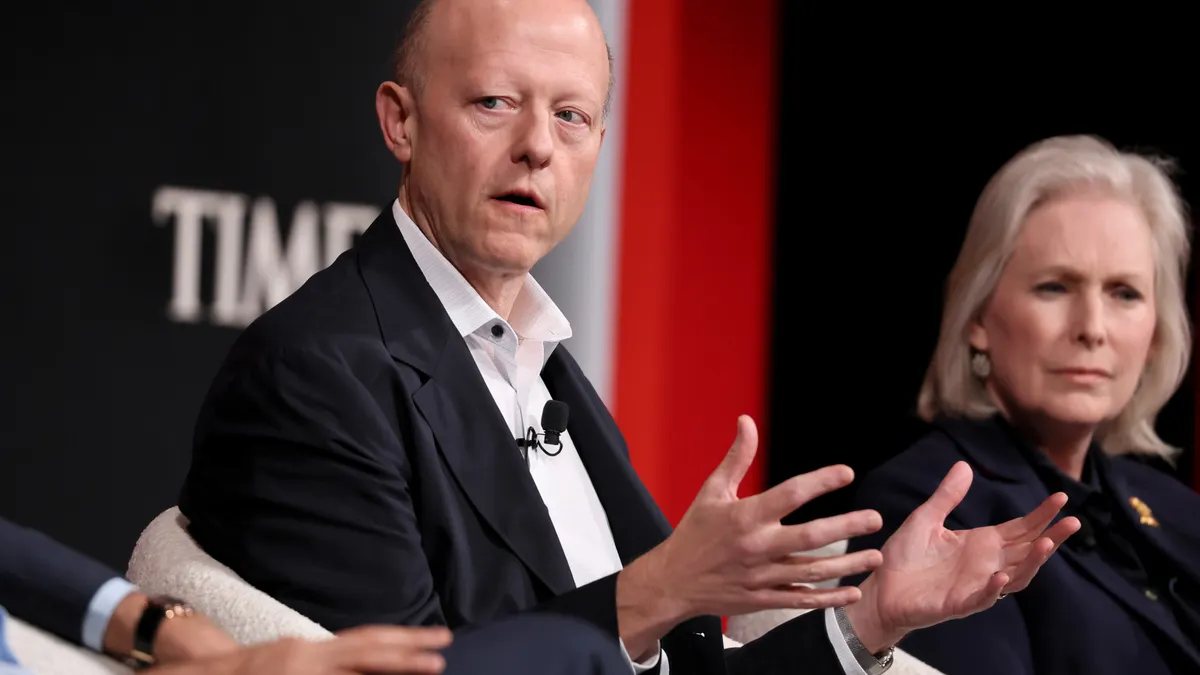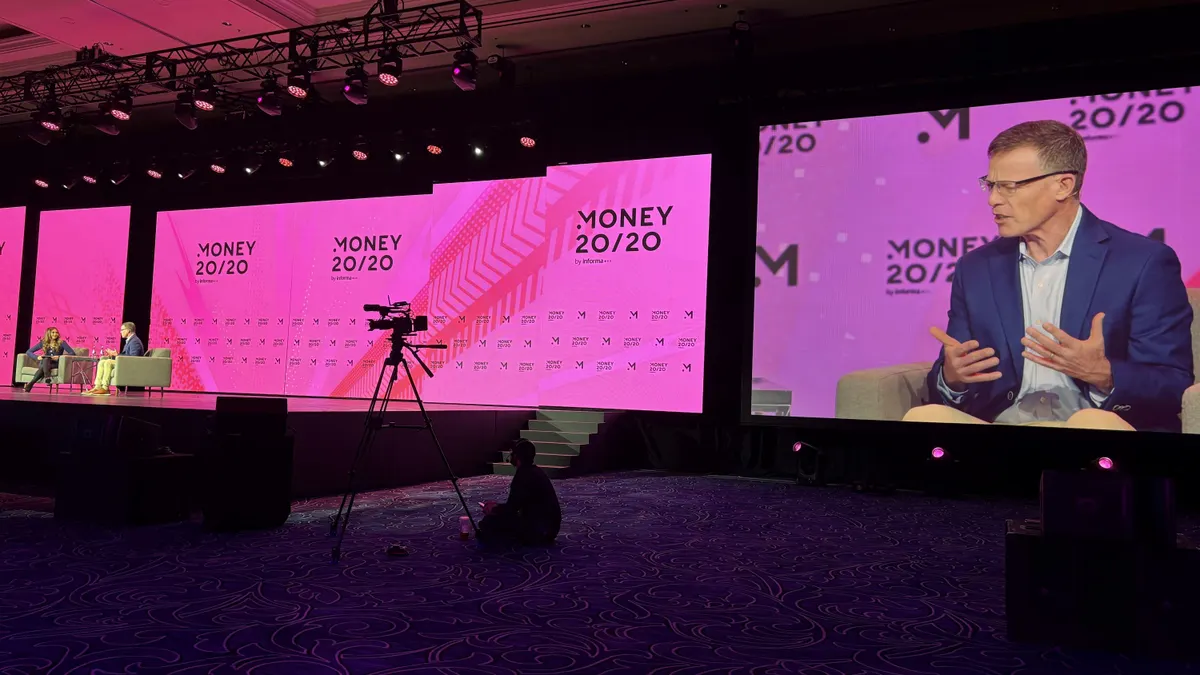When Ilya Gaysinskiy tested the job market in 2010, he was a midcareer software engineer looking to advance as a leader without having to set aside his technical chops.
“I'm a complete computer geek,” said Gaysinskiy, now a technology fellow and engineering lead for Goldman Sachs’ Platform Solutions segment. “I love building software and I love working with engineers who build software.”
Gaysinskiy got an inside view of the investment bank’s engineering culture shortly after he walked in the door.
“One of the gentlemen who interviewed me was at a standing desk and he was coding,” said Gaysinskiy. “I thought: 'This is a place that allows you to grow, run a large organization and still stay hands-on and technical — it’s a place for me.'”
Creating a culture geared toward innovation is a central challenge in enterprise modernization. Retaining the talent needed to sustain that culture over time requires a deeper commitment, one that involves elevating the technologists along with the technology.
Goldman Sachs affirmed its prioritization of technology in 2019, when it named Marco Argenti, a former Amazon Web Services vice president of technology, as a partner and co-CIO, and earmarked nearly half of its $4 billion engineering budget for innovation.
Goldman in October consolidated its fintech businesses into Platform Solutions, a primarily cloud-based unit.
Argenti became the company’s sole CIO in July, when former co-CIO George Lee joined ex-Alphabet executive Jared Cohen at the helm of a new Office of Applied Innovation within the firm.
Advancing engineers

Alongside the restructuring, Goldman Sachs had an existing ecosystem for fostering innovation and promoting technologists like Gaysinskiy through a fellowship program into leadership roles without pushing them away from the technology itself.
“As a credible leader, it’s important to stay close to the technology,” said Gaysinskiy, who heads the company’s technology fellow program.
This program provides Goldman Sachs with a mechanism for attracting, retaining and promoting engineering talent. It also gives engineers a clear path toward advancement and an avenue to impact the business.
Fellows have an outsized influence in decisions about technology vendors, tools and architecture, Gaysinskiy said.
The company selects a new cohort of fellows every two years based on a combination of factors, including but not limited to technical expertise.
“The idea is to invest deeply in technical people who may or may not be interested in running large teams as their careers progress,” Gaysinskiy said.
Qualities beyond engineering skills are valuable for the broader innovation push. The company looks for candidates who are interested in having a larger impact on the business or, through mentoring, on the developer community internally and at large, according to Gaysinskiy.
The key is to put promising engineers on a leadership path that doesn’t bypass the tools that got them there.
“I still code as much as I can,” Gaysinskiy said. “As a leader in engineering, I can’t rely on a 10-year-old view of the technology.”















